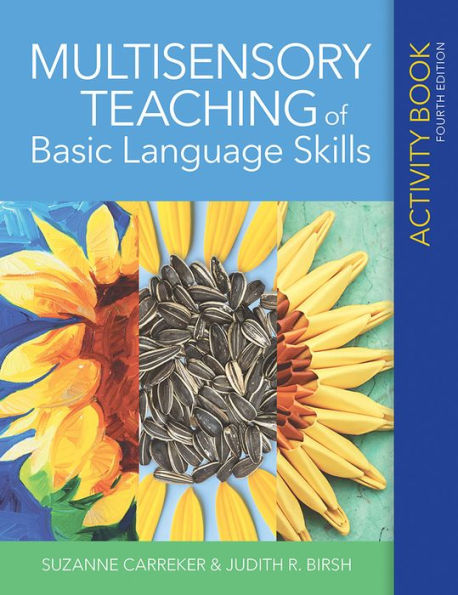5
1
9781681253084



Multisensory Teaching of Basic Language Skills Activity Book / Edition 4 available in Paperback

Multisensory Teaching of Basic Language Skills Activity Book / Edition 4
- ISBN-10:
- 1681253089
- ISBN-13:
- 9781681253084
- Pub. Date:
- 09/01/2018
- Publisher:
- Brookes Publishing
- ISBN-10:
- 1681253089
- ISBN-13:
- 9781681253084
- Pub. Date:
- 09/01/2018
- Publisher:
- Brookes Publishing

Multisensory Teaching of Basic Language Skills Activity Book / Edition 4
Paperback
$34.95
Current price is , Original price is $34.95. You
34.95
In Stock

Product Details
| ISBN-13: | 9781681253084 |
|---|---|
| Publisher: | Brookes Publishing |
| Publication date: | 09/01/2018 |
| Edition description: | Revised |
| Pages: | 192 |
| Sales rank: | 109,243 |
| Product dimensions: | 8.50(w) x 10.90(h) x 0.20(d) |
About the Author
From the B&N Reads Blog
